What if I told you that some of the world’s most powerful predators are also among the most affectionate and social creatures in the animal kingdom? While most people imagine big cats as solitary, stealthy hunters, the truth is far more heartwarming—and surprising. From secretive mothers raising playful cubs to entire prides working together in perfect harmony, the family lives of wild big cats are as rich and complex as any drama. For cat lovers and wildlife enthusiasts alike, discovering the deep bonds between these majestic felines is both inspiring and unforgettable.
Lions: The Social Kings of the Savannah
Lions are perhaps the most famous example of big cats that live in tight-knit social groups known as prides. Unlike most other big cats, who lead solitary lives, lions thrive in family units that can include up to 40 members. These prides are organized around a core of related females, who share the duties of hunting, cub rearing, and protection. Male lions, often brothers or cousins, form coalitions that defend the pride from rivals. The bonds between pride members are strong; they greet each other with affectionate head rubs and grooming sessions, reinforcing trust and unity. Cubs are raised communally, with multiple lionesses nursing and caring for all the young. This teamwork not only increases survival rates but also creates a sense of belonging and security within the group. The pride’s social structure is a powerful reminder that strength often comes from family.
Cheetahs: Brothers in Arms
Cheetahs may be known for their speed, but their family dynamics are equally remarkable. Male cheetahs, especially siblings, will often stay together for life in small groups called coalitions. These brotherly bonds are vital for survival, as coalitions can better defend territory and compete with larger predators. While female cheetahs are more solitary, raising their cubs alone, the males’ loyalty to each other is touching and steadfast. They hunt together, rest together, and even share the spoils of their catch. Watching a coalition of cheetahs is like witnessing a team of athletes who know each other’s moves perfectly. Their cooperation and companionship are a testament to the importance of brotherhood in the wild.
Tigers: Mothers and Their Cubs
Tigers are typically solitary, but the relationship between a tigress and her cubs is deeply nurturing and full of tender moments. A mother tiger devotes up to two years to raising her offspring, teaching them essential skills like hunting and self-defense. During this time, she is fiercely protective, often risking her own life to keep her cubs safe from threats. Cubs rely on their mother not just for food, but also for warmth, comfort, and social learning. The playful interactions between mother and cubs help build confidence and coordination. This period of intense family bonding creates a strong emotional connection that shapes the cubs’ development. The dedication and sacrifice of a tigress are truly inspiring, showing that even the fiercest predators can be gentle and loving parents.
Leopards: Quiet Bonds in the Shadows
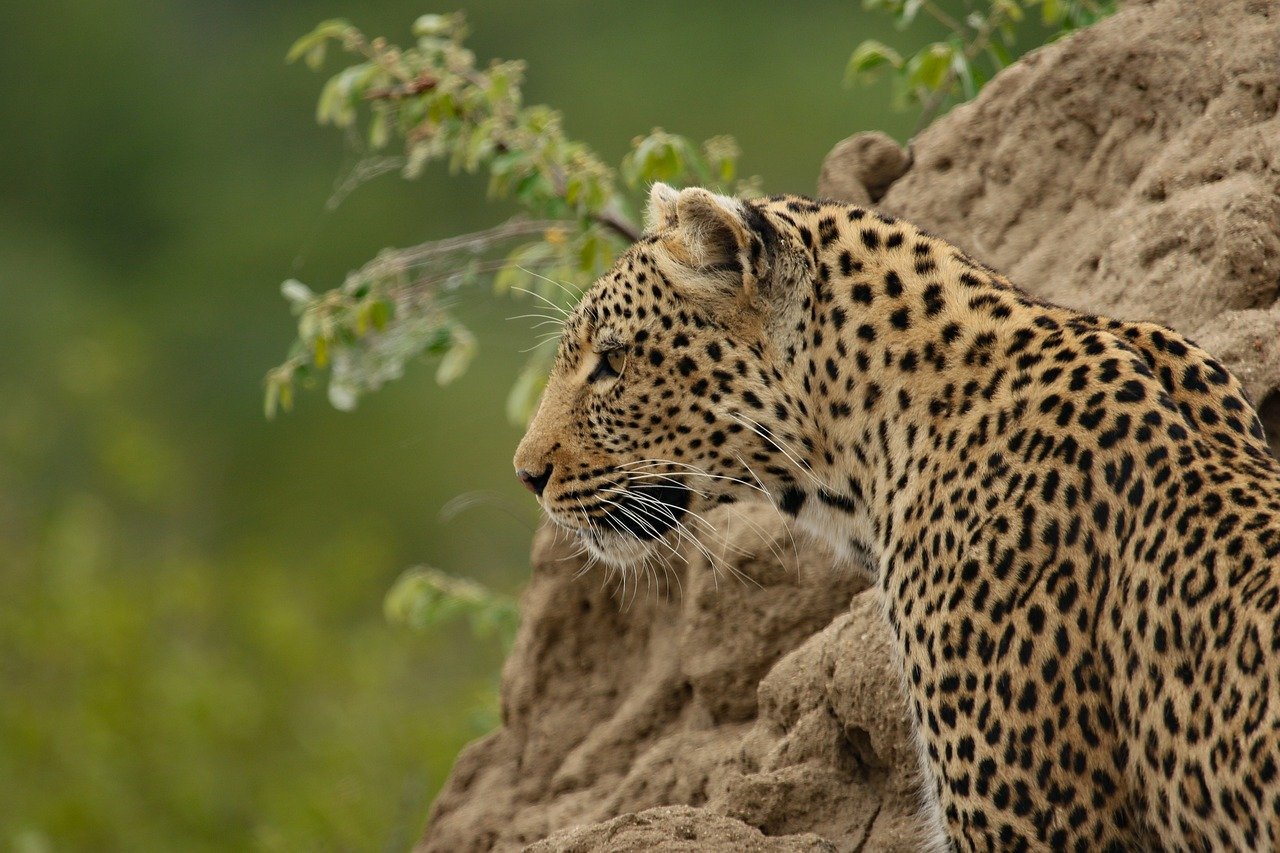
Leopards are secretive and elusive, often preferring to live and hunt alone. However, the bond between a leopard mother and her cubs is profound and essential for survival. Hidden away in dense vegetation, a mother leopard carefully raises her young, moving them frequently to avoid detection by predators. She teaches them how to climb, stalk prey, and stay hidden—vital skills for a life of solitude. Cubs depend entirely on their mother for food and protection during their first year. The quiet affection between leopard mothers and their cubs is seen in gentle grooming, playful wrestling, and patient teaching. These moments, though rarely witnessed, are a striking reminder that even the most solitary big cats cherish family ties.
Snow Leopards: High-Altitude Families
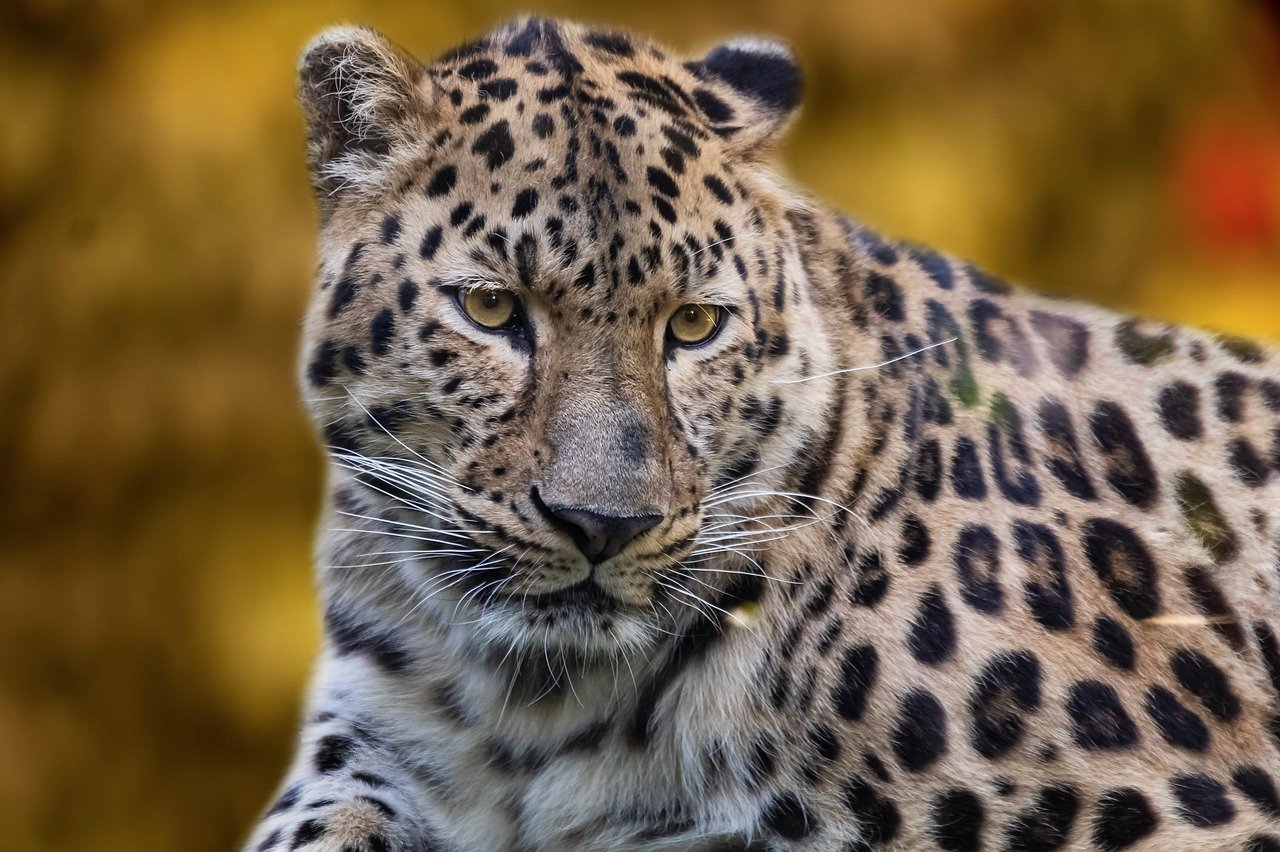
Snow leopards inhabit some of the harshest environments on Earth, yet even in these icy mountains, family bonds flourish. A female snow leopard raises her cubs alone, braving freezing temperatures and treacherous terrain to keep them safe. Cubs remain with their mother for up to two years, learning how to navigate steep cliffs and hunt agile prey. The close-knit family shares dens and snuggles together for warmth during bitter winters. Communication between mother and cubs is soft and subtle, using chuffing sounds and gentle touches. Their resilience and devotion to one another highlight the extraordinary power of family in the wildest places.
Jaguars: Secretive Maternal Care

Jaguars are the undisputed rulers of the rainforests, yet their family lives often go unnoticed due to their secretive nature. Female jaguars are devoted mothers, guarding their cubs fiercely and teaching them the art of stealth and power. Cubs are born blind and utterly helpless, relying completely on their mother’s care for the first few months. As they grow, the mother jaguar patiently introduces them to the forest, sharing her hunting skills and knowledge of the territory. The playful interactions and gentle nuzzles between mother and cubs reveal a softer side to these formidable predators. The strength of the maternal bond ensures that young jaguars have the best possible start in life.
Clouded Leopards: Hidden Family Ties
Clouded leopards, with their striking coats and elusive habits, are masters of the forest canopy. Despite their solitary reputation, the bond between a mother and her cubs is strong and full of warmth. Mothers build hidden nests high in the trees to protect their young from danger. Cubs are raised in safety, learning to climb and leap with astonishing agility. The mother’s constant vigilance and attentive grooming create a sense of security and comfort for her cubs. As the cubs grow, their playful antics and affectionate cuddling reveal the deep emotional connections within this small family group. Clouded leopards remind us that even the most mysterious big cats cherish family.
Eurasian Lynx: Close-Knit Clans
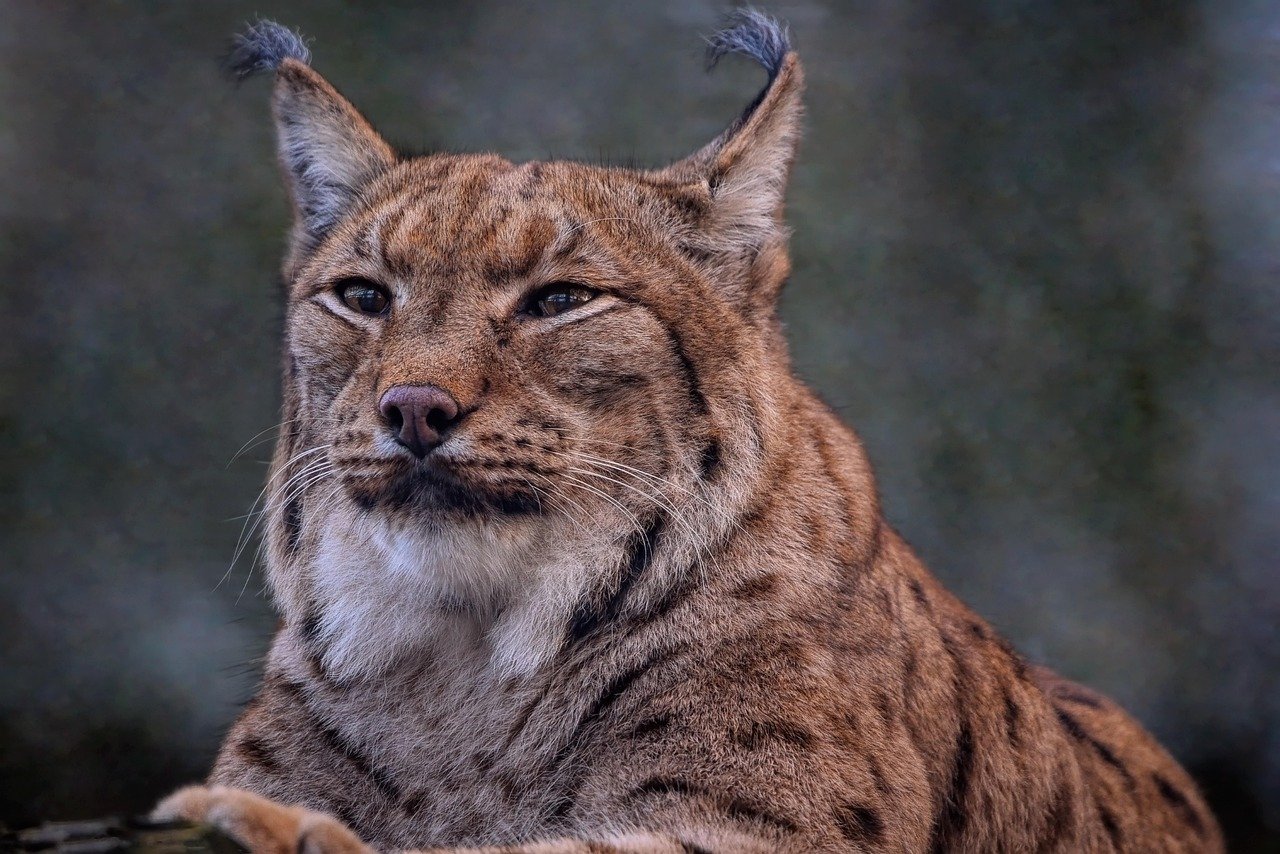
The Eurasian lynx, native to Europe and Asia, is a solitary hunter, but the connection between mother and offspring is undeniably strong. After giving birth, the mother lynx remains hidden with her kittens for several weeks, nursing and protecting them from harm. She is gentle and attentive, teaching her young how to stalk prey and survive in the wild. The playful interactions among siblings help them develop important physical and social skills. The mother’s patience and dedication ensure her kittens are well-prepared for life on their own. Though the family unit is temporary, the lessons and bonds formed during this time last a lifetime.
Caracals: Family in the Grasslands

Caracals, with their striking tufted ears, are agile hunters of the African savannah. While adults are typically solitary, the bond between a mother and her kittens is both strong and nurturing. The mother caracal is fiercely protective, keeping her kittens hidden in dense grass or rocky crevices. She spends weeks teaching them to stalk and pounce, sharing her hunting techniques through playful games. Kittens are curious and energetic, often tumbling over each other in mock battles. The affectionate grooming and gentle nuzzles shared between mother and kittens reinforce their bond and sense of safety. These early lessons and loving care give caracal kittens a fighting chance in a challenging world.
Pumas (Mountain Lions): Devoted Single Mothers
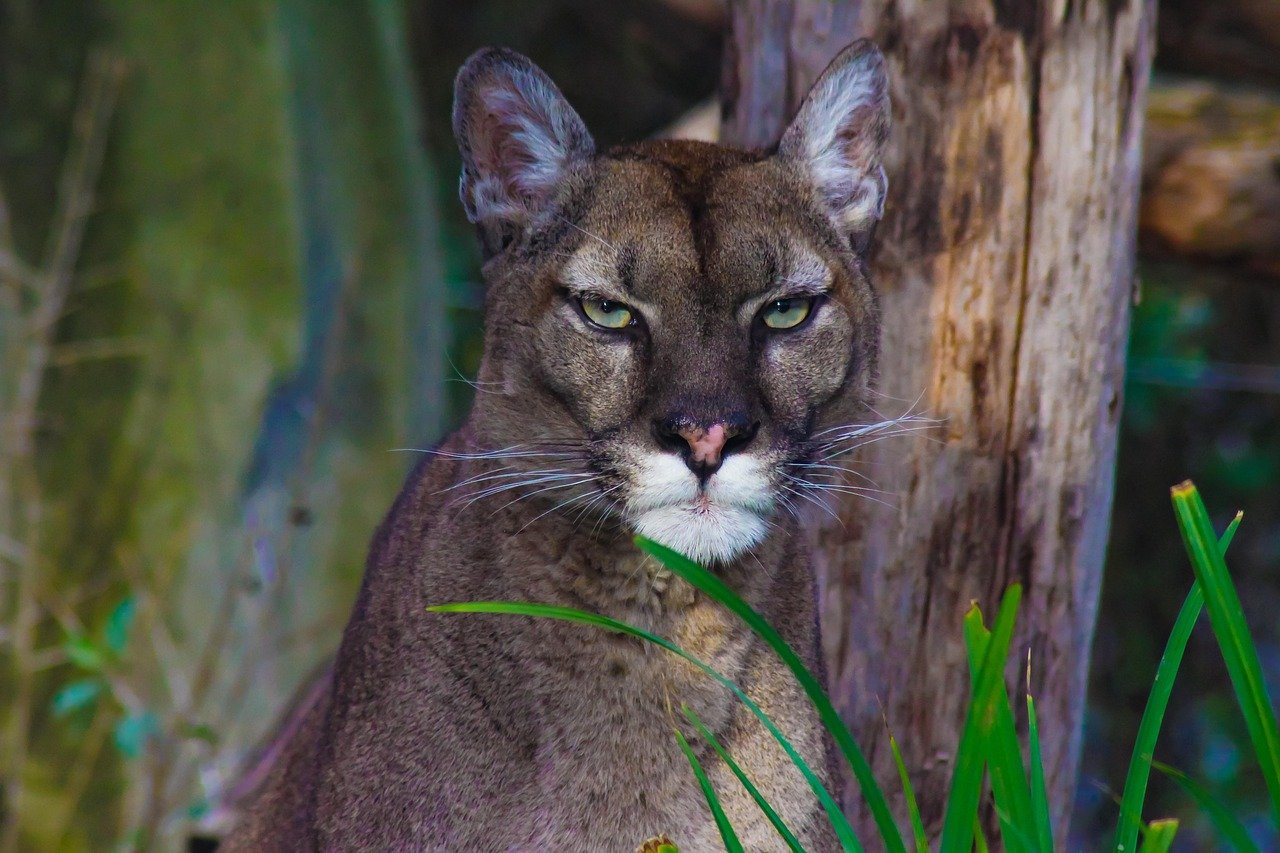
Pumas, also known as mountain lions or cougars, are found across the Americas and are known for their solitary lifestyles. However, the maternal bond between a puma mother and her cubs is profound and enduring. A mother puma raises her cubs alone, providing food, shelter, and protection for up to two years. She teaches her young essential survival skills, from stalking deer to climbing trees. The cubs, in turn, rely on their mother for warmth and comfort, often seen snuggling close during rest. The dedication and sacrifice of the puma mother ensure her cubs are well-prepared for independence. This period of family life is filled with moments of play, learning, and deep affection.
Servals: Playful Family Units

Servals are slender, long-legged cats native to Africa’s wetlands and grasslands. While adults prefer solitude, the connection between a serval mother and her kittens is heartwarming. Mothers construct hidden dens where kittens are born and cared for during their vulnerable early weeks. She is attentive and vigilant, frequently grooming and checking on her young. As the kittens grow, the mother introduces them to their surroundings, encouraging play and exploration. Through playful chases and pouncing games, serval kittens develop the skills they need to survive. The affectionate interactions and close contact between mother and kittens are a beautiful example of family love in the wild.
Fishing Cats: Wetland Nurturers
Fishing cats, found in the wetlands of South and Southeast Asia, are unique in their hunting habits and family bonds. Mothers raise their kittens alone, carefully selecting hidden dens near water sources. She is a patient teacher, demonstrating how to catch fish and navigate watery environments. Kittens eagerly watch and mimic their mother’s actions, developing confidence and skill. The mother’s gentle guidance and protective nature foster a strong sense of trust and security. Family life for fishing cats is filled with moments of play, learning, and close companionship. These bonds are vital for the kittens’ survival in a challenging habitat.
Ocelots: Rainforest Family Bonds
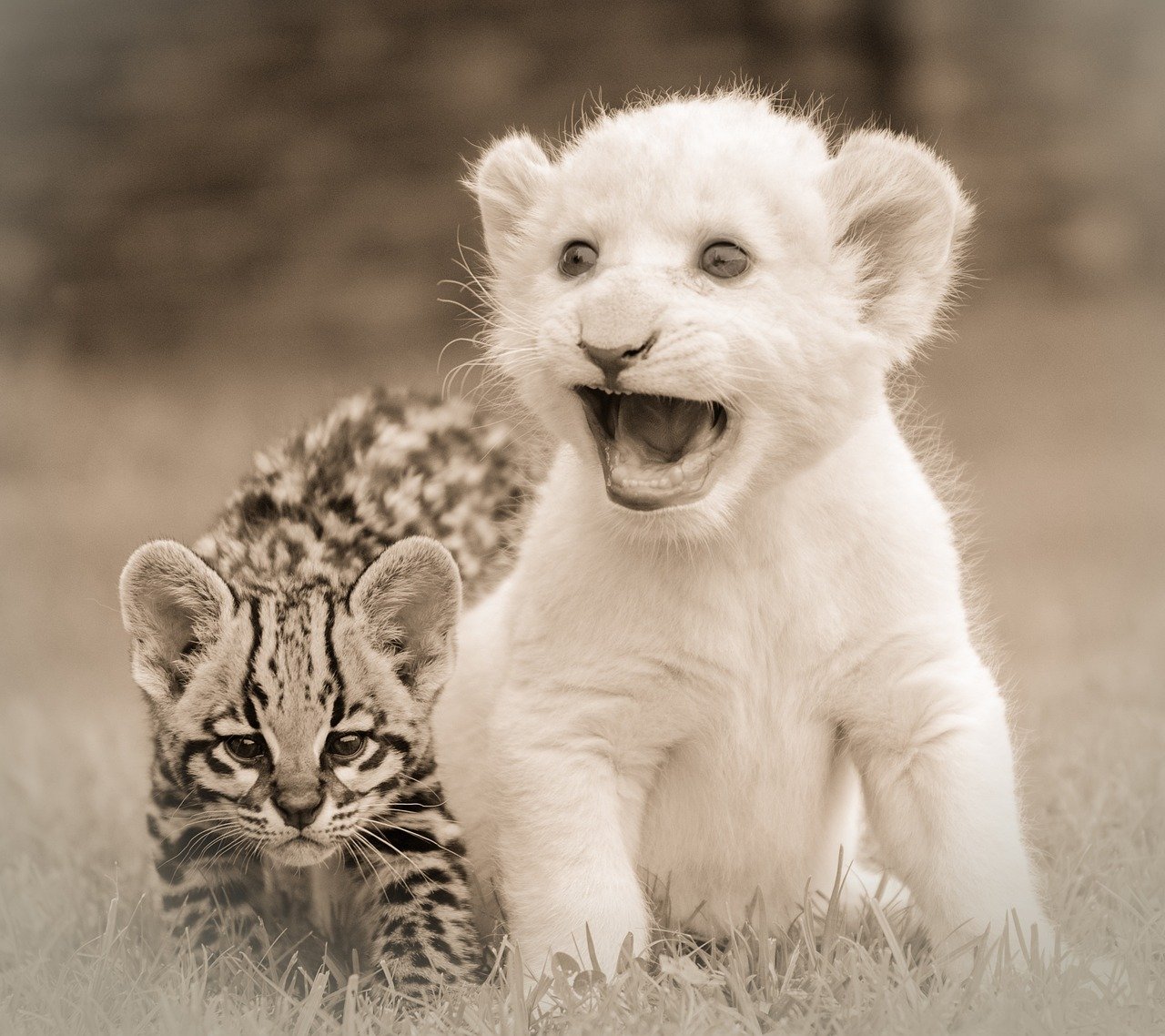
Ocelots are small, beautifully patterned cats found in the dense forests of the Americas. The family bond between a mother ocelot and her cubs is intimate and full of care. She raises her cubs in secluded dens, spending weeks nursing and nurturing them. The mother is a diligent provider, teaching her cubs to hunt and avoid danger. Cubs follow their mother closely, learning essential survival skills through imitation and play. The affectionate grooming and gentle touches exchanged between mother and cubs strengthen their bond. Ocelot family life is a touching example of love and learning in the wild.
Sand Cats: Desert Family Life
Sand cats are small, elusive felines that thrive in the harsh deserts of Africa and Asia. Despite the tough environment, sand cat mothers are devoted to their kittens. She carefully selects burrows to protect her young from extreme temperatures and predators. Kittens are born blind and helpless, relying entirely on their mother’s care and warmth. The mother hunts tirelessly, providing food and teaching her kittens how to survive in the desert. Playful interactions between siblings help develop important skills. The strong bond between sand cat mothers and their kittens is crucial for their survival in such a demanding landscape.
Canadian Lynx: Snowy Family Bonds

Canadian lynx inhabit the cold forests of North America, where family ties help kittens survive harsh winters. Mother lynx are attentive and caring, grooming and feeding their kittens in well-hidden dens. She teaches her young how to hunt snowshoe hares, their primary prey. Kittens are playful and curious, learning through games and imitation. The mother’s patience and protection ensure her kittens are safe and well-fed. These early family bonds are vital for the kittens’ development and future independence. The warmth and affection shared in the den are a stark contrast to the icy world outside.
Marbled Cats: Forest Family Secrets
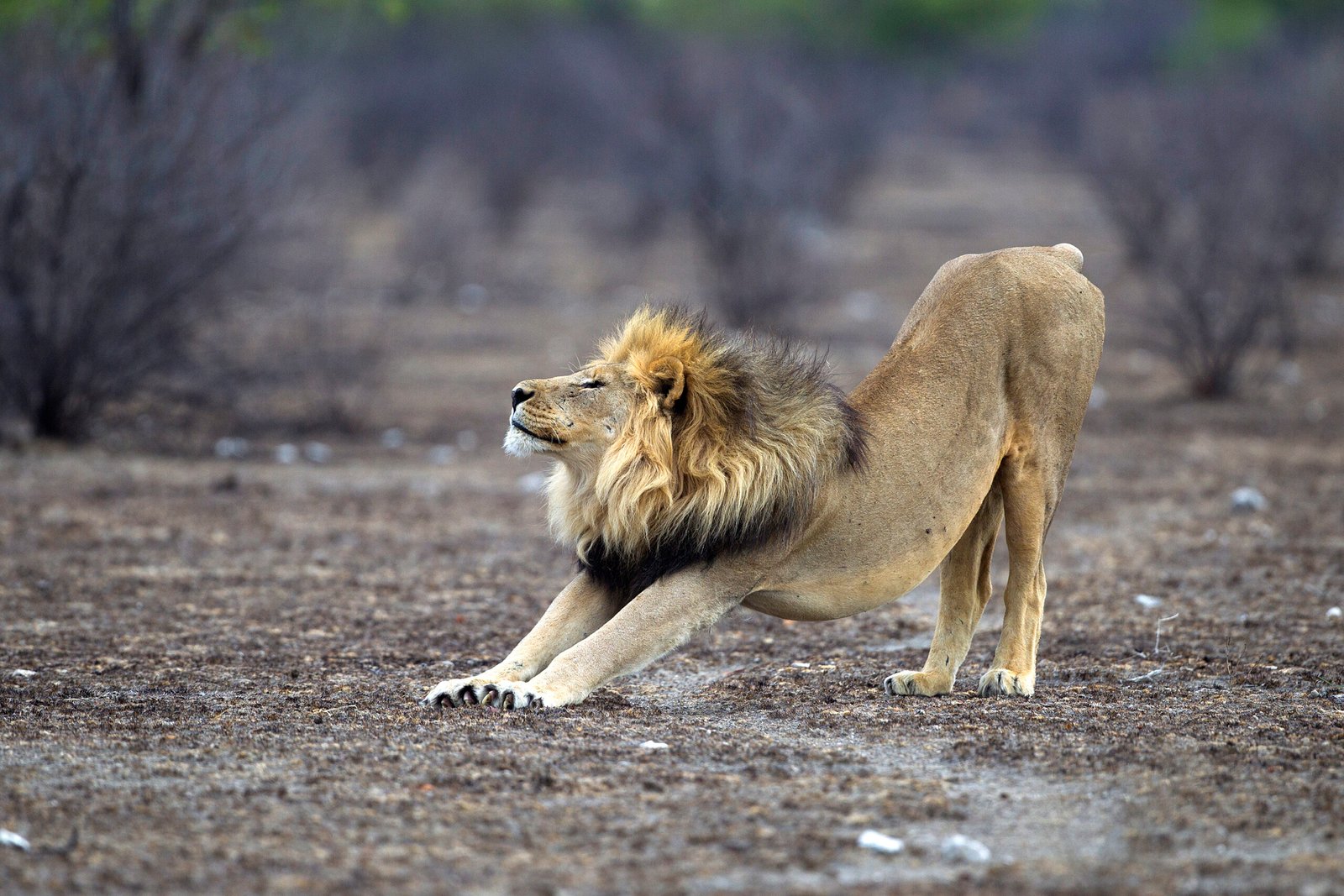
Marbled cats are rare and secretive felines found in the forests of Southeast Asia. Mothers raise their kittens alone, choosing hidden locations to keep them safe from predators. She is gentle and nurturing, providing food and warmth for her young. Kittens are playful and energetic, learning to climb and explore under their mother’s watchful eye. The close contact and frequent grooming foster a strong sense of security. Marbled cat families are seldom seen, but the deep bond between mother and kittens is vital for their survival. These secret family moments are among the forest’s best-kept secrets.
Pallas’s Cats: Stealthy Family Units
Pallas’s cats, or manuls, are small, fluffy felines living in the grasslands of Central Asia. Despite their solitary reputation, the bond between mother and kittens is strong and enduring. Mothers choose rocky dens to hide and protect their young from predators. She is attentive and cautious, rarely leaving the den while the kittens are small. As they grow, the mother teaches her kittens how to hunt and stay hidden. Playful wrestling and gentle grooming are common, helping the kittens develop crucial skills. The family’s unity and cooperation are essential for survival in a harsh environment.
Black-Footed Cats: Tiny Family Ties

Black-footed cats are among the smallest wild cats, but their family bonds are mighty. Mothers are fiercely protective, raising their kittens in concealed burrows. She hunts tirelessly, bringing food to her hungry young and teaching them to stalk prey. Kittens are playful and inquisitive, learning through games and mimicry. The mother’s constant care and supervision are crucial for their survival. Frequent grooming and close contact reinforce the bond between mother and kittens. Despite their tiny size, black-footed cat families are strong, resilient, and full of affection.
Rusty-Spotted Cats: Miniature Family Moments
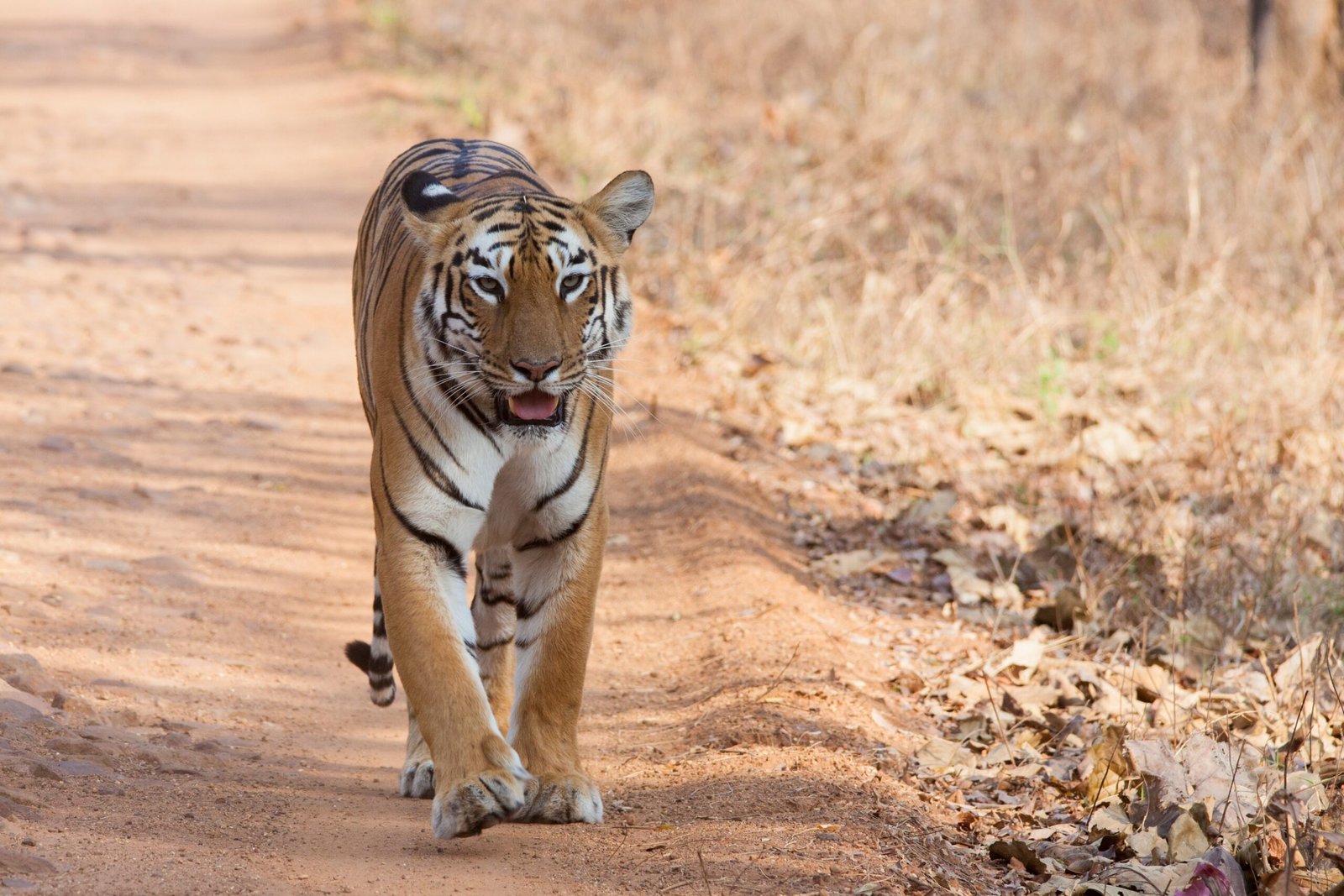
Rusty-spotted cats are the smallest wild cats in the world, but their family lives are rich and loving. Mothers hide their kittens in dense vegetation, shielding them from predators. She is vigilant and caring, feeding and grooming her young with devotion. Kittens are playful and energetic, often seen tumbling and pouncing on each other. The mother patiently teaches her kittens the skills needed for life in the wild. The close bond between mother and kittens is evident in their constant companionship. Rusty-spotted cat families may be tiny, but their love is immense.
Bengal Tigers: Powerful Maternal Bonds
Bengal tigers, among the largest of big cats, are also among the most devoted mothers. A tigress raises her cubs alone, fiercely protecting them from threats and competitors. She spends months teaching them to hunt, track, and survive in the dense forests and grasslands. Cubs are playful and curious, learning through imitation and guided play. The mother’s patience and sacrifice are visible in every interaction, from feeding to grooming. The bond between a Bengal tigress and her cubs is unbreakable, ensuring that the next generation of these majestic cats can thrive in the wild.
Hi, I’m Bola, a passionate writer and creative strategist with a knack for crafting compelling content that educates, inspires, and connects. Over the years, I’ve honed my skills across various writing fields, including content creation, copywriting, online course development, and video scriptwriting.
When I’m not at my desk, you’ll find me exploring new ideas, reading books, or brainstorming creative ways to solve challenges. I believe that words have the power to transform, and I’m here to help you leverage that power for success.
Thanks for stopping by, Keep coming to this website to checkout new articles form me. You’d always love it!






